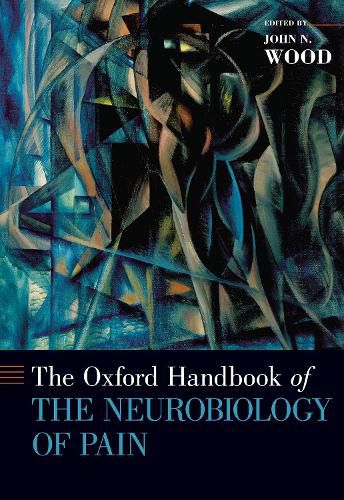Readings Newsletter
Become a Readings Member to make your shopping experience even easier.
Sign in or sign up for free!
You’re not far away from qualifying for FREE standard shipping within Australia
You’ve qualified for FREE standard shipping within Australia
The cart is loading…






The Oxford Handbook of the Neurobiology of Pain represents a state of the art overview of the rapidly developing field of pain research. As populations age, the number of people in pain is growing dramatically, with half the population living with pain. The opioid crisis has highlighted this problem. The present volume is thus very timely, providing expert overviews of many complex topics in pain research that are likely to be of interest not just to pain researchers, but also to pain clinicians who are seeking new therapeutic opportunities to develop analgesics. Many of the topics covered are of interest to neuroscientists, as pain is one of the most amenable sensations for mechanistic dissection.
The present volume covers all aspects of the topic, from a history of pain through invertebrate model systems to the human genetics of pain and functional imaging. Chapters include the role of ion channels, the opioid system, the immune and sympathetic systems, as well as the mechanisms that transform acute to chronic pain. Migraine and the interplay between sleep and pain are also discussed. New technology in the form of transgenic animals, chemogenetics, optogenetics, and proteomic analyses are providing significant advances in our research and are covered as well. Demystifying pain through an understanding of its fundamental biology, as outlined in this volume, is the most direct route to ameliorating this vast human problem.
$9.00 standard shipping within Australia
FREE standard shipping within Australia for orders over $100.00
Express & International shipping calculated at checkout
The Oxford Handbook of the Neurobiology of Pain represents a state of the art overview of the rapidly developing field of pain research. As populations age, the number of people in pain is growing dramatically, with half the population living with pain. The opioid crisis has highlighted this problem. The present volume is thus very timely, providing expert overviews of many complex topics in pain research that are likely to be of interest not just to pain researchers, but also to pain clinicians who are seeking new therapeutic opportunities to develop analgesics. Many of the topics covered are of interest to neuroscientists, as pain is one of the most amenable sensations for mechanistic dissection.
The present volume covers all aspects of the topic, from a history of pain through invertebrate model systems to the human genetics of pain and functional imaging. Chapters include the role of ion channels, the opioid system, the immune and sympathetic systems, as well as the mechanisms that transform acute to chronic pain. Migraine and the interplay between sleep and pain are also discussed. New technology in the form of transgenic animals, chemogenetics, optogenetics, and proteomic analyses are providing significant advances in our research and are covered as well. Demystifying pain through an understanding of its fundamental biology, as outlined in this volume, is the most direct route to ameliorating this vast human problem.